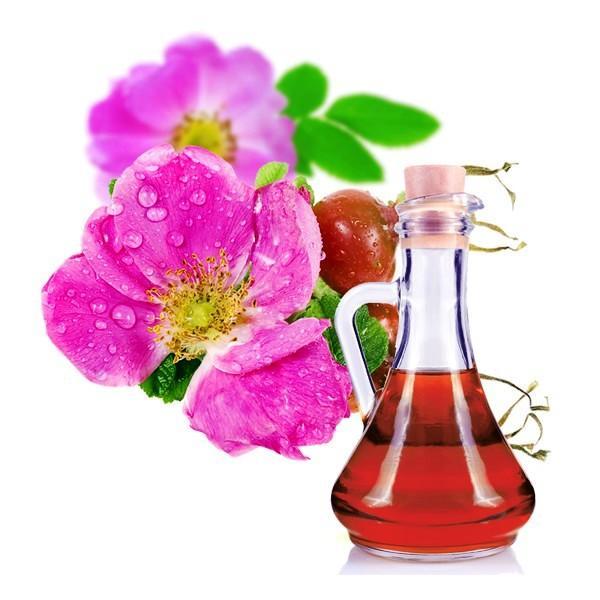How to prepare rosehip oil for skin care
PSYCHOLOGY-WELLNESS
Helps reduce scars, blemishes and delays the signs of aging, among other benefits
Reinforce intestinal flora: These are the 3 yogurts that will help you achieve it
The rosehip, Rosa eglanteria or Rosa rubiginosa, is a wild shrub of the Rosaceae family native to Eastern Europe, but is currently widespread in America, Asia and North Africa. It is a medicinal plant traditionally used in popular medicine for its multiple properties and benefits for the skin.
Its regenerative capacity is perhaps its best-known characteristic, but there are many more benefits attributed to it. It has moisturizing, firming, antioxidant and anti-inflammatory properties that help repair damaged and irritated skin. Thus, it is the perfect ally to treat scars, wounds, burns, stretch marks and to delay skin aging.

How To Recognize Symptoms of Chronic Fatigue Syndrome http://goo.gl/fb/GIsw
— How Topia Tue Mar 23 01:20:18 +0000 2010
What are the properties of rosehip oil?
• High content of essential acids (Omega 3 and 6 and linoleic acid)• Vitamins A, C and E• Antioxidant• Repairing• Moisturizing• Anti-inflammatory
Benefits of rosehip oil
• Prevents and reduces stretch marks and softens skin blemishes. It is a powerful regenerator, which helps in the healing process and minimizes skin marks. Its essential fatty oils are the ones that improve pigmentation, its texture and tone. Likewise, they favor cell and tissue regeneration of the dermis, allowing the reduction and elimination of stretch marks.
• Hydrates in depth. It prevents water loss, thus increasing the hydration capacity of the skin surface, making the skin smooth and luminous.
• Delays the signs of aging. Its content in antioxidants and vitamin C are effective in preventing the signs of aging such as expression lines or skin blemishes. In addition, it contains beta-carotene, a substance that enhances vitamin A.
How to make rosehip oil at home
The presentation in oil is the most common, but it can also be found in cream, gel or even taken orally. Next, we show you the steps to follow to prepare this oil, which is extracted from the seeds of the rosehip, and take advantage of all its properties in a simple and economical way:
Ingredients
• Rose hips. They can be collected or bought, but if you opt for the former, keep in mind that autumn is when they are ripe. • Almond oil
Preparation of rosehip oil 1Lightly rinse the rose hips and pat them dry. Remove the edges of each of them with a knife and cut them in half to take advantage of the content inside.
twoPut them in a glass jar with a lid and add the almond oil until all the fruits are completely covered.
3Finally, close the jar well, store it in a cool, dry place and let it rest there for at least 20 days.
4After this time, you must strain the contents of the jar to obtain the resulting liquid and it will be ready to use!
In general, it is a safe and useful product and has no contraindications, but you must be very careful with the place where it is used and do not apply it on open wounds. Due to its high content of fatty acids, its use is not recommended for oily skin, with excess seborrhea or acne. Sensitive individuals are best advised to consult a physician before using this product.
This information does not replace in any case the diagnosis or prescription by a doctor. It is important to go to a specialist when symptoms appear in case of illness and never self-medicate. Read also








1578